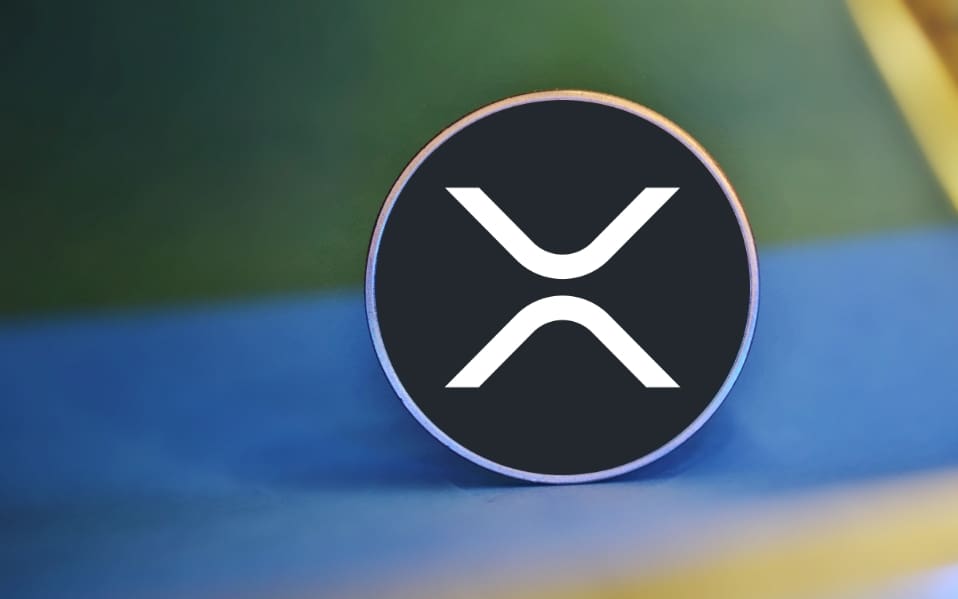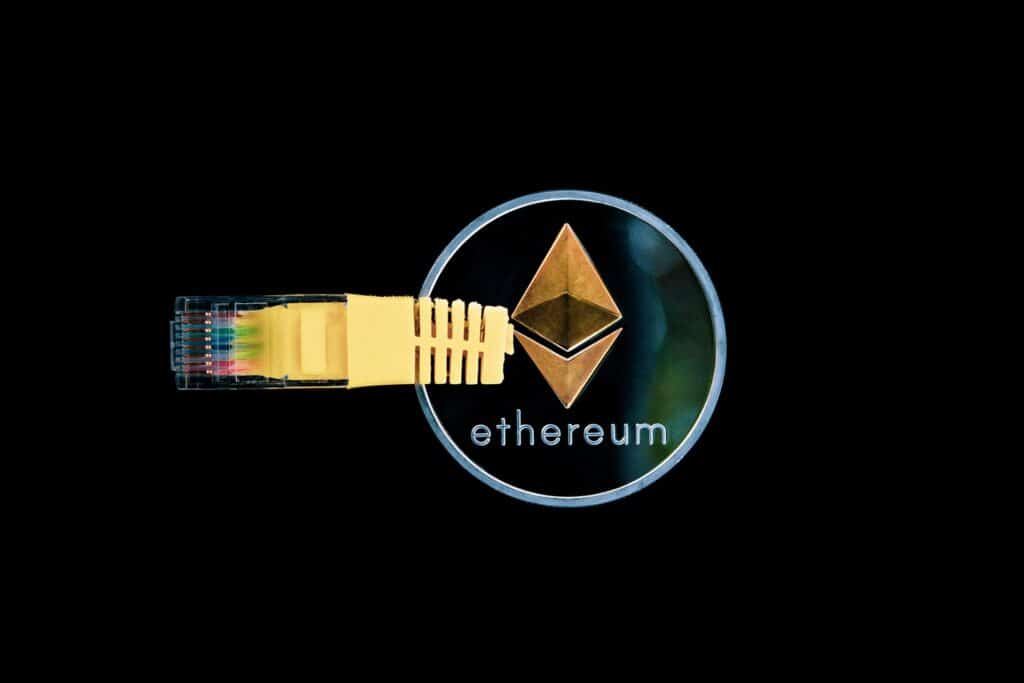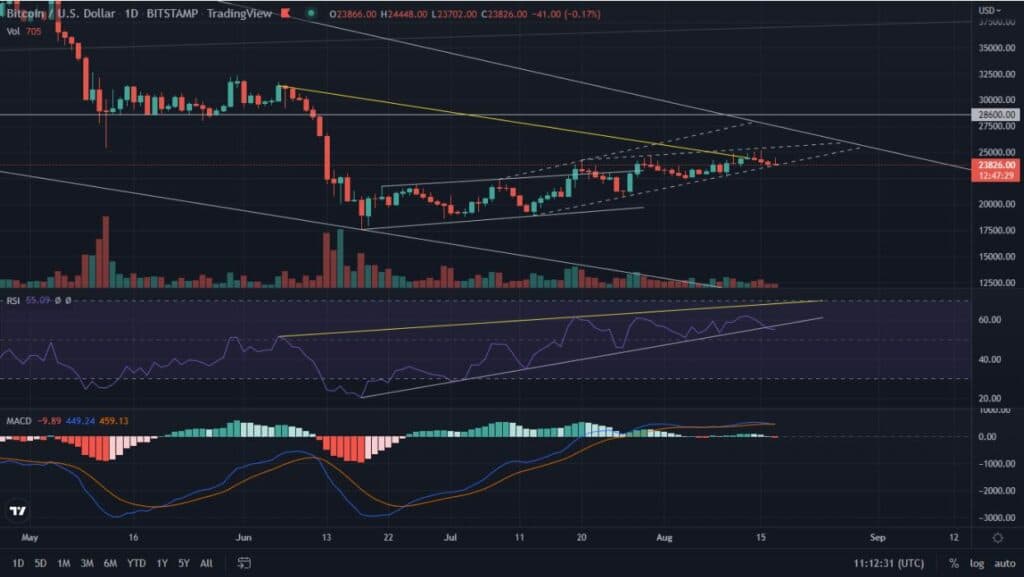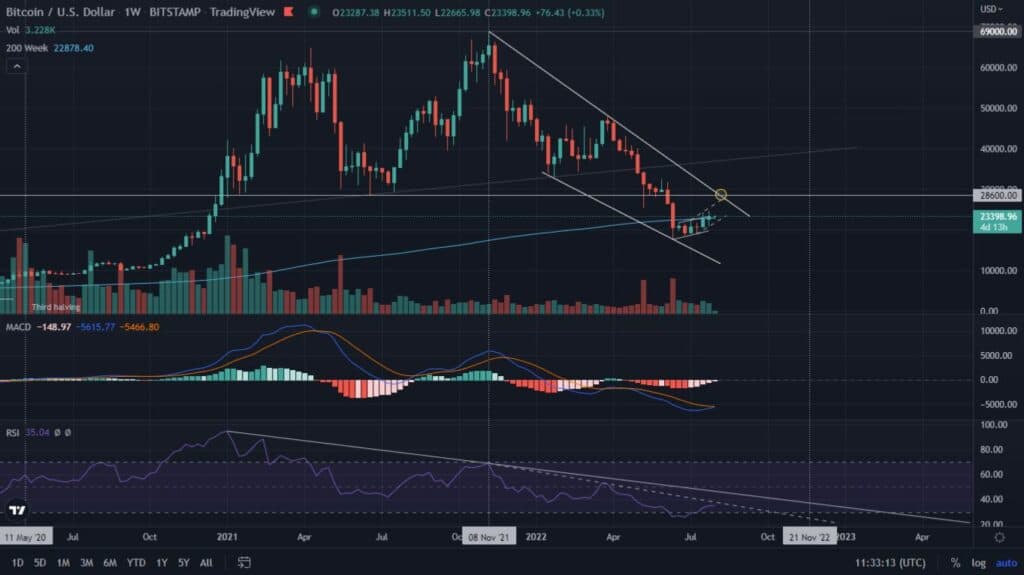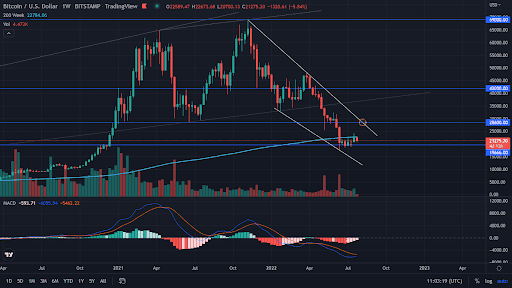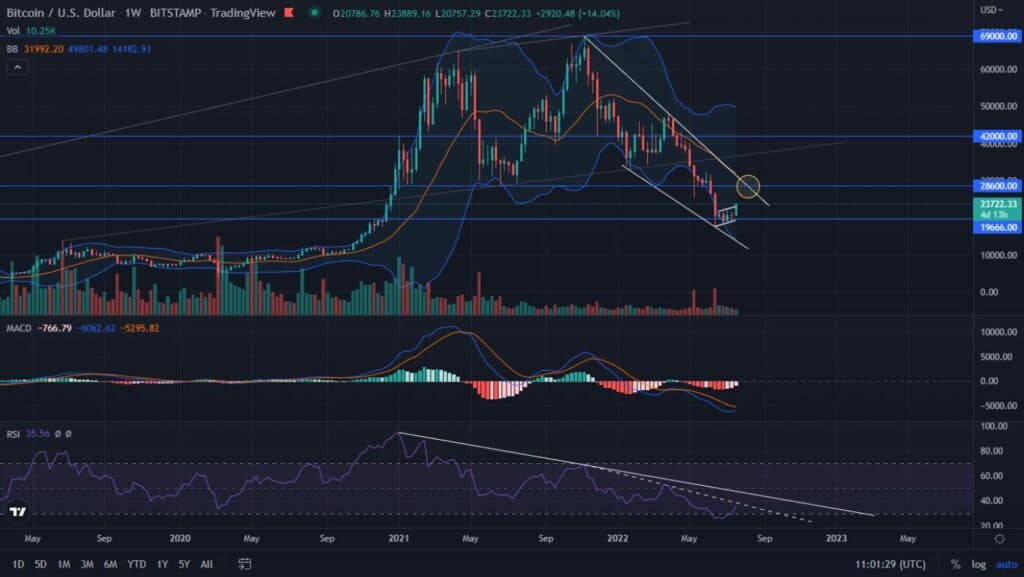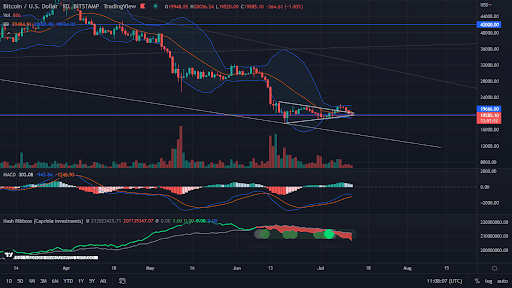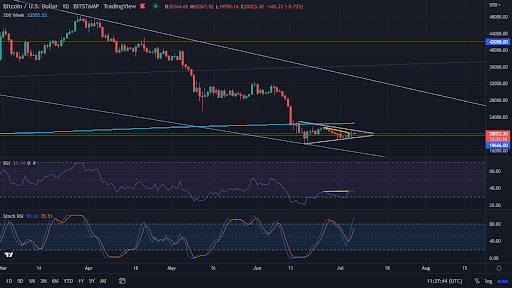At the end of 2020, Ethereum experienced the first step in the activation process of the Ethereum 2.0 network. A journey that is expected to take a minimum of a year. Resulting in the second strongest cryptocurrency on the market converting the Proof of Work transaction approval consensus to Proof of Stake. What impact does this have on the entire network?
The complexity of the ETH 2.0 project
One part of the transition to the Ethereum 2.0 network is the creation of transaction validators based on staking. In order to become such a validator, you need to have a minimum of 32 ETH tokens locked up in an escrow contract. Starting the process of transitioning to the Proof of Stake system, required the creation of a deposit base. This eventually reached over 524 thousand ETH at the beginning of December 2020. The public faith in the project brought the total number of coins locked in the contract to 6 million by the end of June 2021. This is the first of the stages of reducing the supply of ETH, which will not return to circulation for at least a year after being placed.
During the path of the transition to ETH 2.0, the network faces several updates. One of them is the London Hard Fork. Initially scheduled for mid-July, it is now officially scheduled to go into effect on August 4. Along with it, the network faces the implication of EIP-1559, which we wrote about in an article titled “What EIP-1559 means for Ether.” This is a change that will affect both miners and investors. Miners, mainly because their earnings from approving transactions on the network will drop significantly. This is linked to the partial burning of fees. This means that they will not return to the network, and thus we will again see a reduction in the supply of ETH.
Continued implications of the changes
Looking at Ether’s supply data, we deduce that unlike Bitcoin, it is unlimited. However, a number of changes taking place in the network, along with the utility reflected in the Network Effect model, lead to estimates in which experts indicate that the supply of ETH will reach a limit. They suggest that the total amount of Ether in circulation could reach around 120 million tokens, to begin a deflationary process of 2% per year when the transition to version 2.0 is complete.
Ethereum is facing the biggest breakthrough in its history
Already, investor interest in Ether is reaching high levels. Limited supply, and even the vision of deflation, could reinforce this trend in the long run. It is also important to remember that the update of the Ethereum network, will affect not only ETH itself but all elements related to it. Scalability and reduced fees, is a potential catalyst to deepen interest in the DeFi segment. Lowering the cost of transferring Ethereum, is also lowering the cost of transferring ERC20 tokens. The NFT sector built around the second largest cryptocurrency is also entitled to experience growing interest. Time will tell what further effects this will have.






